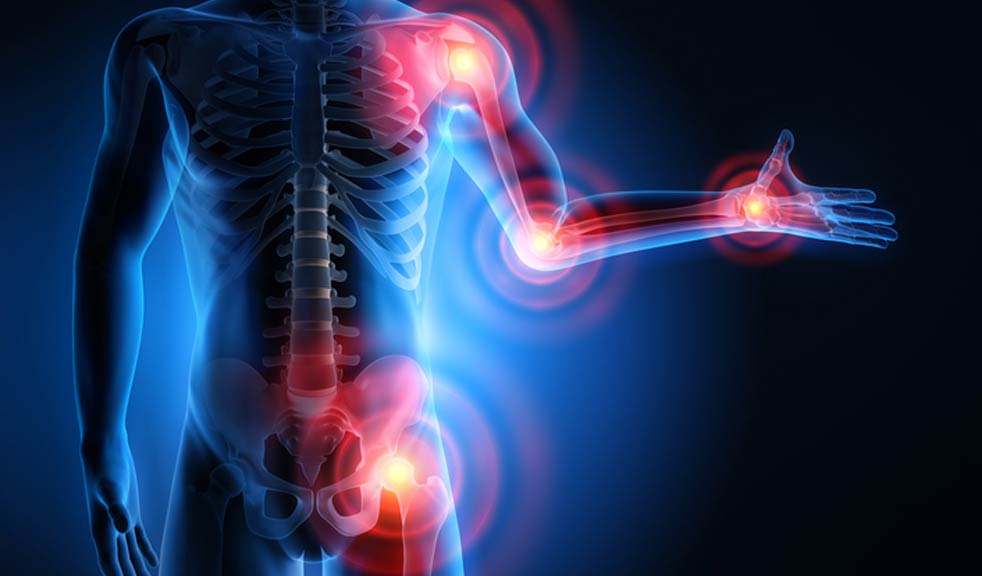
There is nothing worse than suffering from joint pains like knee pain and lower back pain for a long time. One of the easiest and best ways to treat diseases like this is to use physiotherapy. There are numerous physiotherapists in Noida who are well experienced in that field and are capable of healing the joint pain in no time. It is always better to opt for physiotherapy sessions rather than surgeries, as the process is easier and involves no pain. Also, it is cheap, everyone can afford it.
If you reside in Noida, then you should definitely look up for clinics that do physiotherapy in Noida. The process is really simple. First, the doctors observe the problem. The symptoms are noted down like redness or swelling of the region, instability in the joints, etc. then individual attention is given to the parts as physiotherapy treatment is done to relieve the body part of the pain. With regular sessions, it helps to heal the affected region, and all the swelling gets reduced soon. Under the guidance of the physiotherapist in Noida, regular exercises are given to the affected part can do movement again. Thus the ligaments gradually get healed as patients can again move the body parts easily.
Common Causes of Joint Pain
There are various causes of Joint pain, and it can affect people of all ages. Understanding the common causes of joint pain is crucial for proper diagnosis and treatment. Here are some common reasons for joint pain.
- Osteoarthritis: Osteoarthritis is a common degenerative joint disorder characterized by the breakdown of cartilage, the tissue that cushions the ends of bones within a joint. As the cartilage wears away, bones can rub against each other, leading to pain, stiffness, and reduced joint mobility.
- Rheumatoid Arthritis: Rheumatoid arthritis and osteoarthritis are inflammatory conditions affecting the joints. Rheumatoid arthritis involves the immune system mistakenly attacking the joints, causing inflammation. Osteoarthritis results from wear and tear on the joints over time, leading to pain and stiffness.
- Gout: This specific type of arthritis results from the accumulation of uric acid crystals in the joints, often affecting the big toe.
- Joint Overuse or Strain: Excessive or repetitive use of a joint, especially during physical activities or sports, can cause strain and lead to joint pain. This is common in weight-bearing joints like the knees and hips.
- Injuries and Trauma: Joint injuries are also a common reason for joint pain if not treated properly.
- Infectious Arthritis: Infectious arthritis, also known as septic arthritis, is a serious condition characterized by the invasion of a joint by bacteria, viruses, or fungi.
- Tendonitis: Inflammation of tendons, which are the tissues that connect muscles to bones.
- Ligament Injuries: Injuries to the ligaments, can lead to joint instability and pain. Anterior Cruciate Ligament (ACL) injuries is an example of this type of injuries.
- Joint Hypermobility: Joint hypermobility refers to the ability of joints to move beyond the normal range of motion. Joint Hypermobility is also a cause of Joint Pain.
- Hormonal Changes: Hormonal fluctuations, such as those during menopause, can contribute to joint pain in some individuals.
How Physiotherapy helps to relieve the Joint Pain
It is better to get physiotherapy sessions and move freely rather than doing the restricted movement for your entire life. Physiotherapy helps individuals improve their physical function and mobility. Here are several ways in which physiotherapy can contribute to relieving joint pain:
Pain Management Techniques: Physiotherapists employ various pain management techniques, including manual therapy, massage, and modalities such as heat or cold therapy. These methods help reduce pain and inflammation, providing relief to individuals experiencing joint pain.
Exercise Prescription: Physiotherapists design customized exercise programs to target specific joints and surrounding muscles. These exercises help improve strength, flexibility, and range of motion, which can alleviate joint pain. Strengthening the muscles around a joint provides better support and stability.
Joint Mobilization and Manipulation: Physiotherapists use hands-on techniques to mobilize or manipulate joints. This can help improve joint function, reduce stiffness, and alleviate pain. It’s essential for the physiotherapist to assess the individual’s condition and tailor these techniques accordingly.
Education and Self-Management: Physiotherapists educate patients about their condition, teaching them about proper body mechanics, posture, and ergonomics. Understanding how to move and perform daily activities correctly can prevent further joint stress and reduce pain.
Modalities: Various modalities such as ultrasound, electrical stimulation, and laser therapy may be used in physiotherapy to reduce inflammation, promote healing, and manage pain. These modalities can complement other treatment strategies.
Weight Management: Physiotherapists often provide advice on weight management, as excess weight can put additional stress on joints, exacerbating pain. Achieving and maintaining a healthy weight can contribute to long-term joint health.
Assistive Devices: Physiotherapists may recommend assistive devices such as braces, splints, or orthotics to provide support and reduce strain on affected joints. These devices can be useful in managing joint pain and improving function.
Patient-Specific Rehabilitation Programs: Physiotherapy focuses on individualized care. Physiotherapists assess the patient’s specific needs, taking into account their medical history, lifestyle, and goals. This personalized approach is crucial for an effective rehabilitation program.
Thus if you are a resident of Noida, then you should definitely consider getting a physiotherapy treatment done to lead a better life, minus all the pain. Walk easily, run and play, all after one treatment.
